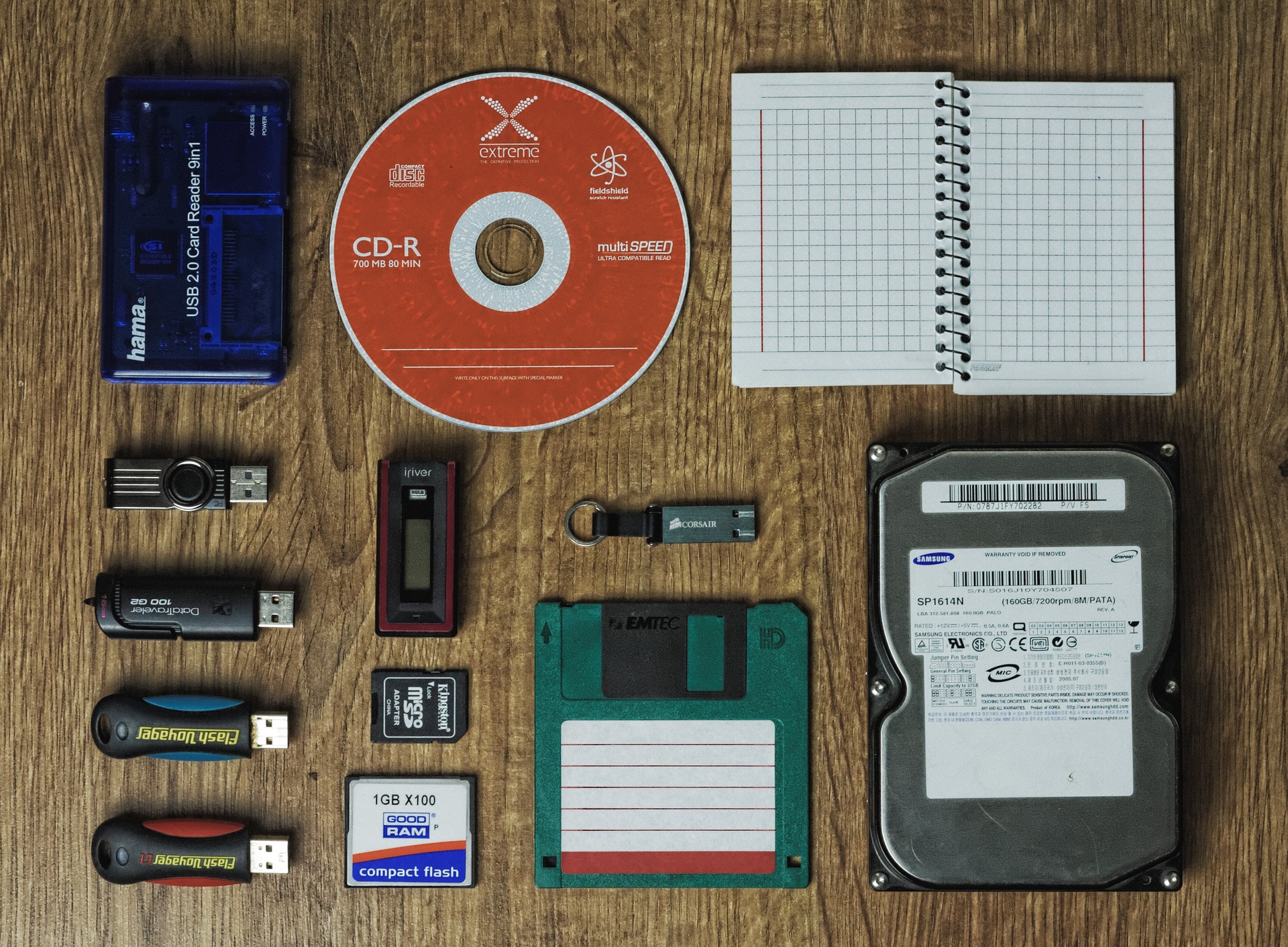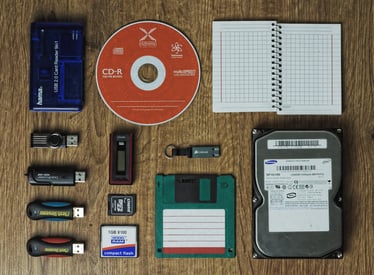
Data migration isn’t something to be taken lightly. Let’s stop here. What do I mean exactly by data migration? It’s the process of moving data from one location to another. In some cases this may also involve combining two different databases or data sources into one. It can be a risky move but as we face constant technology improvement and changes, it’s something a lot of us face. Maybe your system isn’t generating the right data or reports, or maybe your company is moving on to bigger and better systems. That software you bought 10 years ago just isn’t what you need or want anymore.
So, before you jump right in, here are five steps to a smoother data migration.
1. Document what and why you’re migrating
This starts with research, which you’re obviously doing – you found this blog, right? Next, you’re probably using CRM (customer relationship management), marketing automation, an email program, an Excel spreadsheet or even something else, and you want to merge them. Before you seriously get started though, the first thing you must do is weigh the pros and cons of migrating your data into a new system. Is it really the right move or right time for your company? According to Bloor Research, more than 80% of data migration projects run over time and/or over budget. Will moving all of your data from one system into another really benefit your bottom line? Does your current system have the capabilities of exporting all of your data and moving it into a new system? Do you have the staff to support a migration?

2. Where are you moving it?
Bet you didn’t see that one coming.
You already realize you have a problem with your current data or database, and it’s time to find one that better fits your needs. You may never find a system with 100% of the functions you deem important. According to Oracle, up to 75% of new systems fail to meet expectations. You need to consider the things that are most important for your company. Identify these, then go from there when choosing your system. It’s okay to browse different systems; there’s a lot of them, so don’t rush into making a decision. Do your research, and make sure that the system you choose is going to be able to handle all of the data you’re moving. Don’t buy software because you think you might need it, buy it because it’s essential for your company. For example, don’t jump into marketing automation if you only want to manage contacts.
3. What data is important?
All of it, right? Well, you aren’t all wrong. But you need to consider what data you’re using today. Maybe you used all of your current records or fields when you first started using the system, but now you only use 75% of them. That 75% is what you need to pay close attention to, and make sure you get it all. Ask a coworker about the data they typically use. There may be records or fields you consider to be more important than they do, and vice versa. Get it all. Also, make sure you include more than one unique identifier per record. A unique contact identification number and telephone number are a good place to start.
Don’t forget to cleanse your data either. Bad data isn’t good. Shocker, right? Not necessarily. A Gartner study estimates about 40% of enterprise data is either inaccurate, incomplete, or unavailable, which leads to businesses failing to reach their data-driven goals.
4. Double and triple check everything
By this point you’ve probably exported the data from your old system. Now is the time to make sure you have everything, just in case you need it later. Go through every field and make sure you’ve included whatever you need. Better to be safe than sorry. Download everything you’re importing and keep it in a safe place just in case. Bloor Research estimates that up to 60% of data migrations involve an archival component. Plan for this!
Then, walk through the process of adding in a client or a work order into your new system. Be sure you’ve kept all relevant fields and they’re in an order that makes sense. Review everything again. It’s a lot right? Well, it should be. It’s better to include everything, review now and delete later. Also, double check that all of the fields in the new system are setup correctly, with descriptive names and logical data types.
5. Import
Hopefully you’ve followed these steps:
- You’ve decided you must migrate.
- You’ve carefully chosen where you’re migrating.
- You’ve chosen which fields and records you will migrate.
- You’ve double and triple checked everything (but have a data backup just in case).
All that’s left is the import. Just map your data to the correct fields in the new system, and pray. Just kidding about the praying part (unless that makes you feel better, in which case go for it). At this point, you should be golden and the import should go smoothly. Take your time when mapping your data to the fields in the new system, and don’t even think about rushing. In the case of IF the import doesn’t go smoothly, maybe there was a simple error. Don’t panic, find the errors, and fix them. Most systems will even point out what the errors were. However – I’m hoping this doesn’t happen to you because it’s not fun.
Take a deep breath and push that button. You’ve done great.
We hope you found these steps to be beneficial and you truly have a smooth import. Watch for our upcoming ebook with more information on data migration.

